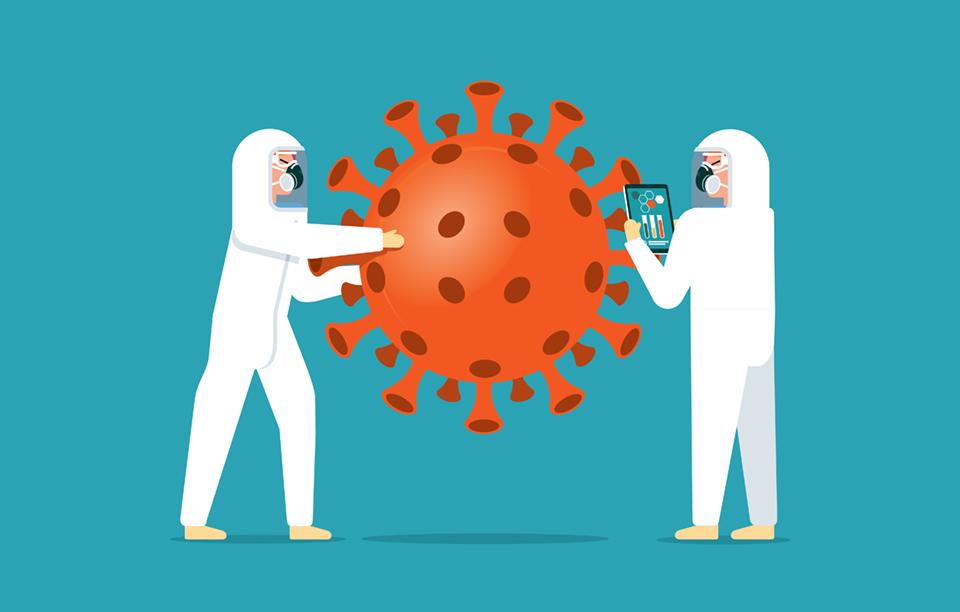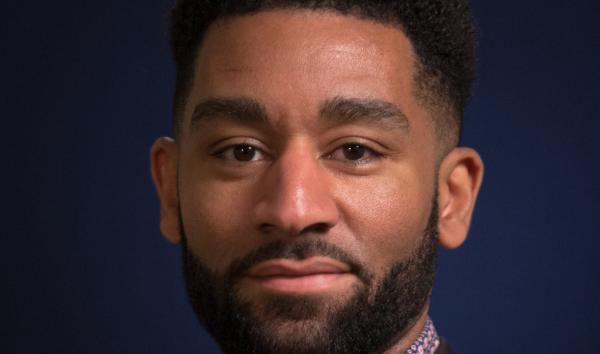
Date:
Artificial intelligence (AI) is transforming the way we engage physically and digitally with the world around us. In fact, it plays a huge role in enhancing our abilities to sense, collect data, and support the creation of targeted solutions meant to improve the human experience down to the personal level. Researchers all over the world and in our very backyard are working in AI to advance the field – exploring the intersections of computer science, learning science, language, psychology, and medical research – to ensure that everyone engages safely and productively with this human/technology interface. And, no time is better than now to harness the power of AI to help us understand and defeat COVID-19.
To date, AI is proving useful in tracking and tracing the spread of the virus. Some examples include situations where AI helps experts in analyzing data sources, such as news feeds and social media, using what is called natural language processing. Natural language processing works by combining computer science, linguistics, and information technology to process and analyze human languages. The organization BlueDot uses natural language processing and machine learning (how computer systems use data to identify patterns and make decisions) to source data and track infectious disease outbreaks.
Most recently, both Apple and Google announced that they are joining forces to launch contact tracing technology. This could significantly increase experts’ abilities to piece together a host of data points and provide useful information for a range of key stakeholders, including government officials and the general public, about the location and severity of outbreaks, as well as progress being made to slow down infections.
AI is also working behind the scenes in the realm of medical discovery. Through machine learning, AI supports the mining of research databases and published research findings to find clues about the protein structure of the virus, mechanisms of infection, and possible treatments for respiratory illness, ultimately pinpointing pathways to a viable and reliable vaccine. DeepMind, a sub-unit of Google, is an example of an entity that is “deeply” part of this global effort.
And yes, the robots are coming, but only to help us not take over the world (yet). In all seriousness, AI is fundamentally at the core of many robotics applications and how automation is generally facilitated these days. Robotic systems have played a prominent role in health protection, most notably in Asia in response to the pandemic. For example, robots have helped to reduce human-to-human contact through the delivery of goods and equipment, spraying disinfectants in public areas, as well as supporting COVID-19 detection through body temperature monitoring in public spaces.
The use of AI demonstrates how powerful the technology can be in many contexts, including the fight against COVID-19. However, like any technology, there are both pros and cons associated with its use. Skeptics share concerns about AI, particularly as it relates to tracking and tracing individuals. Some fear that data mining efforts could lead to wrong assumptions and subsequent actions that undermine public health and civil rights, particularly for vulnerable populations. With this in mind, it is clear that there is a need to establish reasonable boundaries to ensure the safety, protection, and appropriate use of AI in order to reach its full potential.


